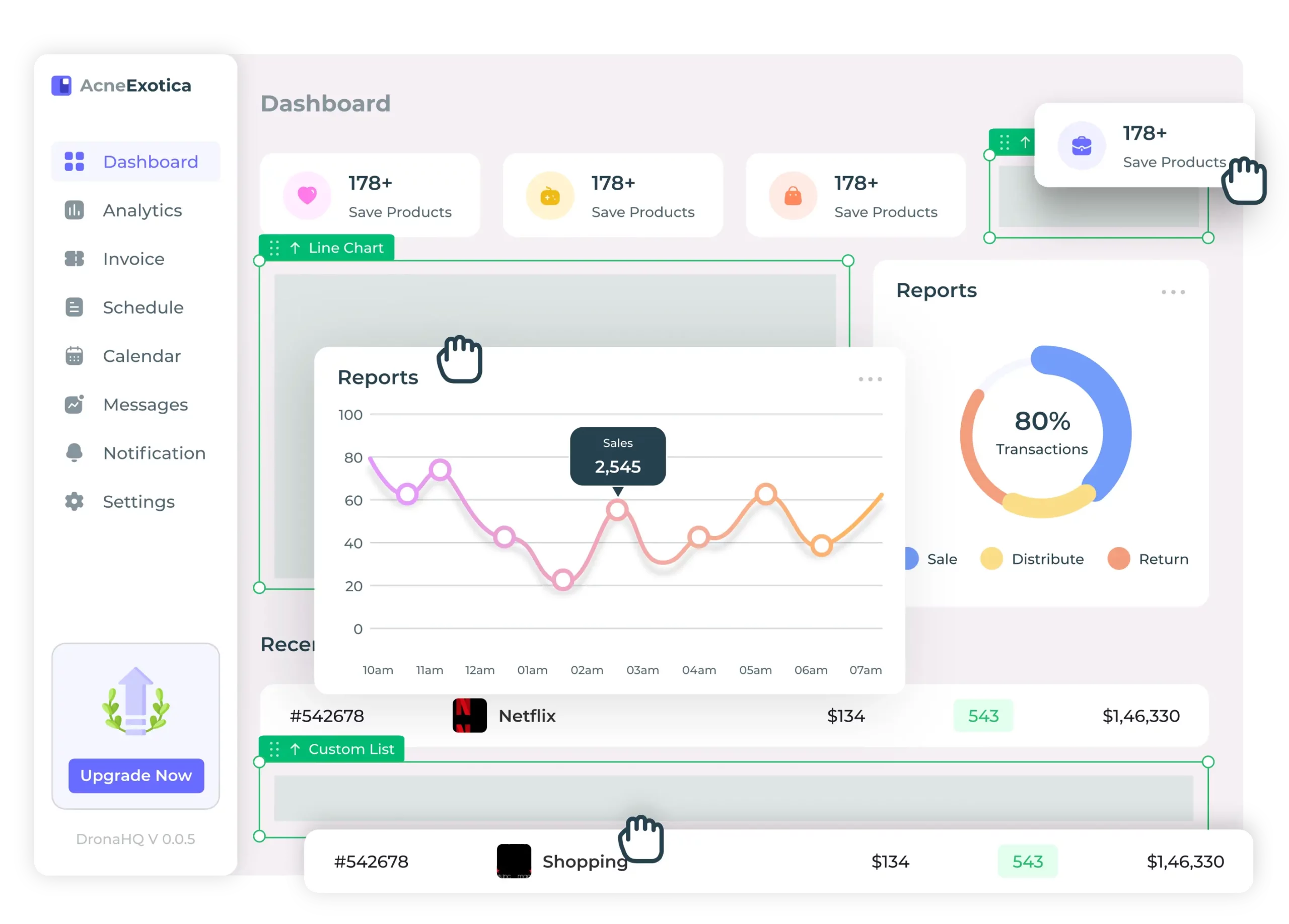The digital transformation landscape in the Middle East and North Africa (MENA) is rapidly evolving. Organizations across Saudi Arabia, Egypt, and the UAE are embracing low-code platforms to build faster, reduce costs, and empower business teams to innovate.
However, one critical success factor often gets overlooked: Arabic-First User Experience (UX).
A low-code platform that doesn’t consider Arabic language needs, cultural expectations, and RTL design cannot achieve high adoption among regional users. This is why Arabic-First UX is now essential for any enterprise-focused low-code strategy.
What Arabic-First UX Means in Low-Code Environments
Arabic-First UX simply means designing digital experiences that prioritize Arabic-speaking users from the start. This includes:
- Seamless right-to-left (RTL) design
- Clear Arabic typography
- Localization of workflows and labels
- Culturally aligned navigation patterns
- Reduced cognitive load for non-English users
- Accessibility for bilingual workforces
Because low-code tools empower non-technical users to create applications, the UX must be as natural and intuitive as possible.
Why Arabic-First UX Is Crucial for MENA Enterprises
Boosts User Adoption
Employees adopt new systems much faster when the interface looks familiar and speaks their language. Arabic-First UX eliminates resistance and improves engagement.
Supports Bilingual Work Environments
Most MENA organizations use both Arabic and English. A strong UX supports:
- Smooth language switching
- Consistent design in both directions
- Clear communication across teams
Increases Productivity and Reduces Errors
Arabic-oriented layouts, labels, date formats, and forms reduce mistakes and confusion. This leads to faster workflows across departments.
Empowers Citizen Developers
Non-technical employees can build apps easily when the UX is visual, RTL-friendly, and intuitive.
A well-designed interface encourages experimentation and innovation.
Aligns with Cultural Expectations
Design norms in the Arab region differ from Western ones. Colors, icons, spacing, and even button placements must feel natural to Arabic-speaking users.
How Low-Code Platforms Deliver Arabic-First UX
Full RTL Interface Compatibility
Modern low-code platforms must fully support RTL layouts, including mirrored navigation and right-aligned content.
Visual Workflow Designers
Clear visual builders help Arabic-speaking users create processes using drag-and-drop functionality instead of complex logic.
Arabic-Friendly Components
Forms, tables, icons, modals, and menus must adapt smoothly to Arabic design conventions.
Integration with Regional Systems
Arabic-First low-code solutions should connect easily with ERP, CRM, HR, payment gateways, government portals, and internal databases used in the region.
Multi-Experience Deployment
Arabic-First UX should extend to mobile apps, portals, dashboards, and automation interfaces — not just internal tools.
Why Singleclic Excels in Arabic-First Low-Code Solutions
Since 2013, Singleclic has been a leading IT solutions provider across the Arab region. The company delivers end-to-end digital transformation solutions, including:
- Low-code development
- ERP & CRM implementation
- Network and infrastructure solutions
- Cybersecurity services
- Hosting and cloud-native deployment
- 24/7 support
Singleclic specializes in building Arabic-first digital experiences that accelerate business growth and improve operational efficiency.
👉 Internal link to the main Low-Code page:
https://singleclic.com/services/low-code-development/
Business Benefits of Arabic-First UX
Higher Satisfaction
A native-feeling interface increases employee comfort and confidence.
Better Collaboration
Arabic-first apps allow teams to work more effectively across departments.
Faster Digital Transformation
Reduced training time and intuitive workflows speed up organization-wide automation.
Improved Accuracy
Localized interfaces minimize manual errors and misinterpretations.
Conclusion
Arabic-First UX is no longer optional — it is a strategic requirement for any enterprise in the Middle East.
As low-code platforms become central to digital transformation, localized user experiences ensure higher adoption, improved efficiency, and long-term success.
With deep expertise in Arabic-first design and low-code implementation, Singleclic helps organizations build intelligent, user-friendly, and fully localized applications that empower teams across the Arab world.
For advanced low-code and digital transformation solutions, contact Singleclic:
📞 Egypt: +2 010 259 99225
📞 UAE: +971 42 475421
📞 Saudi Arabia: +966 58 1106563
🌐 Website: https://singleclic.com/









